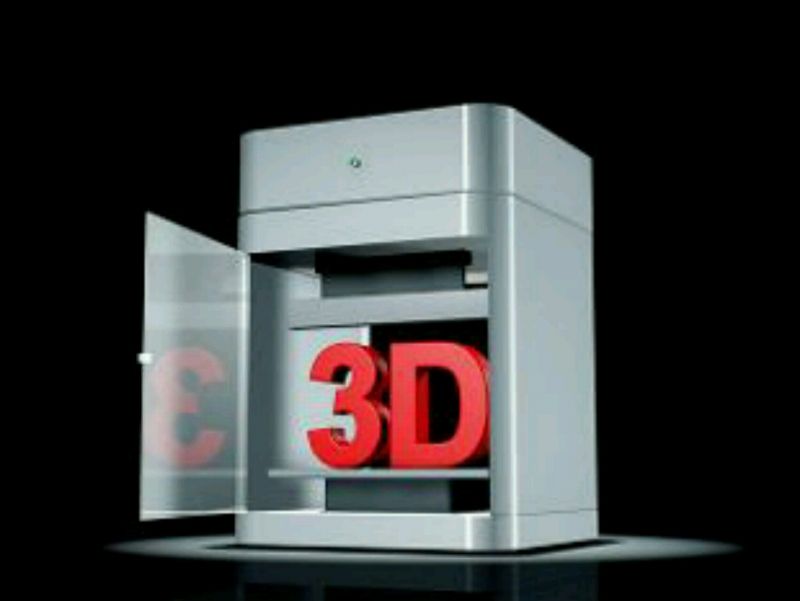
US techno-geeks meld chemistry with 3D printing to tackle pollution

3D printing technique used to tackle pollution
A team of researchers from an American University have successfully managed to 3D-print chemically active structures using a commercial 3D printer. The technique was used to create a handheld sponge-like structure that could help in mitigating pollution.
Led by chemistry professor Matthew Harting, the team has designed a sponge-like matrix manufactured using a 3D thermoplastic printer by dispersing chemically active titanium dioxide (TiO2) nano particles through filaments that are used in the printing process of 3D-printed figures.
The team found that the pollutants break down when natural light interacts with TiO2, which has potential applications in the removal of pollution from air, water and agricultural sources.
The project successfully demonstrated pollution mitigation, when the matrix placed in water was added with an organic molecule (pollutant) and the pollutant was destroyed.
The researchers are already working on printing many exotic shapes to understand how printed structure affects the chemical reactivity.












